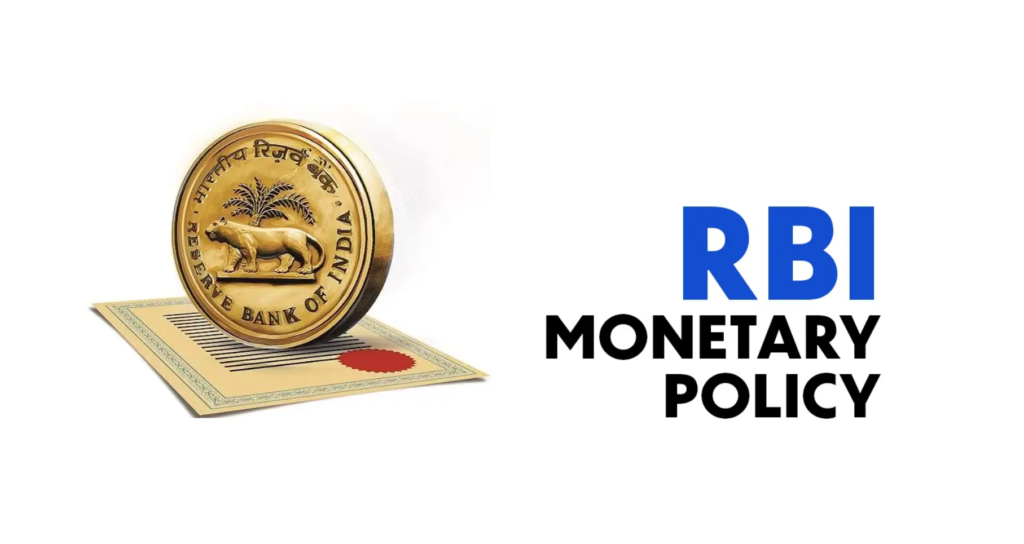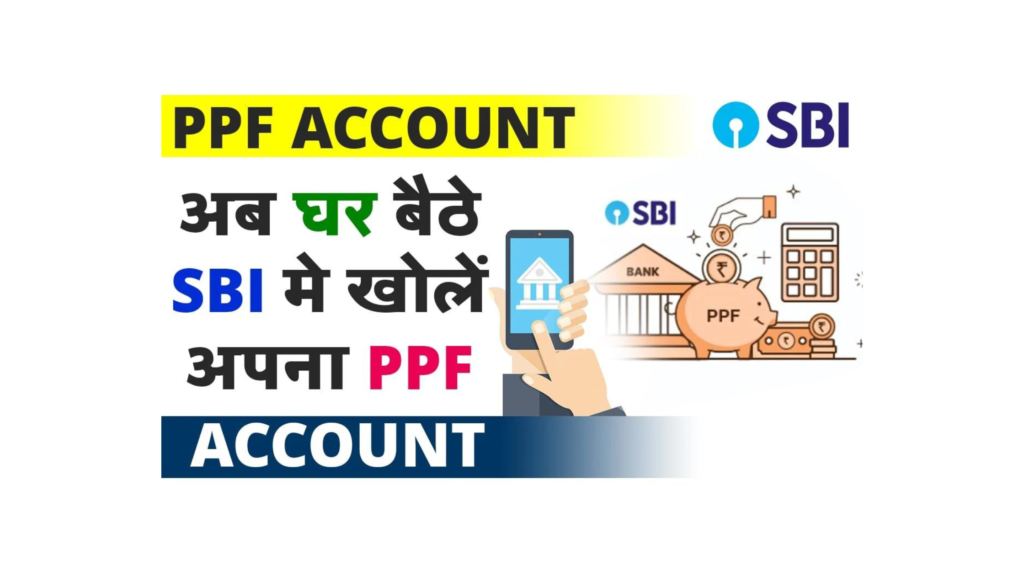The idea of green financing has surfaced as a crucial element in solving urgent environmental issues. By directing funds toward activities and projects that support sustainability, this creative approach to financing seeks to slow down climate change and encourage environmental care. Green finance has gained popularity due to investors’ rising interest in sustainable investing methods and their recognition of the potential for both financial returns and beneficial environmental effects. Finance is essential to accelerating the shift to a more resilient and sustainable economy because it directs funds into green projects.
Table of Contents
ToggleUnderstanding Green Finance
The term “green finance” describes financial services and goods created especially to assist ecologically friendly enterprises and campaigns. Its main responsibility is to allocate funds to projects that benefit the environment, like conservation, energy efficiency, renewable energy, and sustainable agriculture.
Principles of sustainable finance cover a range of methods, including impact investment, environmental risk management, and Sustainable Development Goal (SDG) integration. This strategy makes sure that investments promote social progress and environmental preservation in addition to generating financial gains. Green finance encourages the ethical and responsible distribution of wealth by incorporating sustainability standards into investment choices, which eventually supports a more resilient and ecologically aware economy.
Also Read: Top Passive Income Ideas
Important Elements of Green Finance
The term “green finance” refers to a range of tools and systems intended to assist ecologically friendly undertakings and endeavors. Among them are:
- Green Bonds: Green bonds are debt securities that are issued by firms, governments, or municipalities to fund environmentally beneficial projects. The development of renewable energy, enhancements to energy efficiency, the construction of sustainable infrastructure, and climate adaptation are among the initiatives designated to receive funds from green bonds.
- Green Loans: Banks and other financial organizations offer green loans as funding options for initiatives that are ecologically sustainable. The money is used by borrowers to carry out initiatives that lower carbon emissions, increase resource efficiency, or improve environmental sustainability. In order to encourage sustainable investments, green loans frequently provide advantageous terms and conditions.
- Green Investment Funds: Green investment funds are financial instruments that combine investor resources to fund environmentally conscious businesses and projects. These funds might be allocated to particular industries, including sustainable agriculture, clean technology, or renewable energy. Investors can support sustainable development initiatives and diversify their portfolios by making investments in green investment funds.
Apart from these financial instruments, determining investments that are ecologically friendly also requires examining certain characteristics along with assessing their influence. This comprises:
- Environmental Criteria: Investment sustainability and environmental performance are evaluated using environmental criteria. This could involve things like water use, waste management techniques, biodiversity protection initiatives, and carbon footprints. Environmentally sustainable investments are those that either meet or surpass environmental criteria.
- Social Criteria: Social criteria take into account how investments would affect society and the community, taking into account stakeholder relations, human rights, labor practices, and community involvement. Socially sustainable investments are those that put a high priority on social responsibility and have a positive impact on the local community.
- Governance Criteria: Corporate governance frameworks, moral principles, and accountability systems are only a few of the governance criteria used to assess investment transparency and governance procedures. Investments that exhibit robust governance structures and conscientious corporate practices are deemed to possess sustainable governance.
Measuring and quantifying an investment’s environmental, social, and governance (ESG) performance is necessary to evaluate its influence on the environment. To monitor progress and show responsibility, this may include carrying out environmental impact studies, stakeholder discussions, and ESG reporting. Investors can achieve financial returns and promote sustainability at the same time by integrating ESG criteria into their investment selections.
Benefits of Green Finance
There are several advantages to green financing for firms, investors, and society at large:
- Risk Mitigation: Using green finance to invest in sustainability helps reduce the financial risks related to environmental problems. Investors can lessen their exposure to risks, including fines from regulations, shortages of resources, and harm to their brand, by funding projects that have a beneficial environmental impact.
- Long-Term Value Creation: Green finance’s support of sustainability makes it easier for firms and investors to create long-term value. Because they are less susceptible to changes in the market and disruptions in the environment, sustainable investments often yield steady returns over time. Businesses can improve their resilience and competitiveness in the market by putting sustainability first.
- Access to New Market Opportunities: Investors and companies in industries that support sustainability objectives can take advantage of new market opportunities provided by green finance. Demand for sustainable goods and services is rising as environmental concerns are given more importance by both customers and governments. Businesses can take advantage of these new market trends and obtain a competitive advantage in their respective sectors by investing in sustainability.
All things considered, green finance provides real financial advantages in addition to being consistent with moral and environmental principles. Through the incorporation of sustainability into investment plans and corporate operations, stakeholders can both secure long-term financial success and promote positive environmental results.
Examples & Case Studies
Many businesses and initiatives in the field of green finance are illustrative of effective execution and visible results.

- Tesla Inc.: The electric vehicle pioneer, Tesla Inc., is a shining example of green financing in action. By making electric vehicles affordable and appealing to consumers all over the world, Tesla has transformed the automobile industry through creative financing strategies and smart investments. Its environmentally friendly method of transportation not only lowers greenhouse gas emissions but also boosts business, making Tesla one of the most valuable car companies in the world.
- Ðrsted A/S: Originally DONG Energy, Ørsted A/S is a worldwide power corporation based in Denmark that switched from using fossil fuels to renewable energy sources. By strategically selling up its coal and oil holdings and making large investments in offshore wind farms, Ørsted has become a world leader in the production of renewable energy. Its dedication to sustainability has proven the viability of green finance solutions by generating substantial financial returns for shareholders in addition to reducing carbon emissions.
- The Green Climate Fund (GCF): Developed nations can receive assistance from this multinational fund in minimizing the effects of climate change and in adapting to them. The Green Climate Fund (GCF) provides funding for low-carbon, climate-resilient development projects and initiatives by mobilizing funds from public and private sources. GCF-funded projects have sparked economic growth and resilience in disadvantaged areas while producing positive environmental and social effects, ranging from renewable energy installations to sustainable agriculture practices.
- Sustainable Infrastructure Initiatives: Across the globe, a plethora of sustainable infrastructure initiatives serve as prime examples of how green money can spur constructive change. As an example, the High Line in New York City, a converted elevated train line that is now a linear park, shows how investments in green infrastructure may improve the quality of life for locals, rejuvenate metropolitan areas, and support biodiversity. In a similar vein, the Thames Tideway Tunnel project in London, which was made possible by green bonds, serves as an example of how environmentally friendly infrastructure improvements may address problems with water contamination and enhance public health and well-being.
These case studies demonstrate how green finance has a revolutionary effect on both financial performance and environmental sustainability. Businesses, groups, and governments may build a more promising and sustainable future for future generations by funding sustainable projects and initiatives.
Challenges and Considerations
Making one’s way through the green finance environment is not without its difficulties and issues. Regulatory obstacles present challenges for companies and investors interested in sustainable finance. Furthermore, measuring problems makes evaluating the impact on the environment and identifying profitable investment opportunities more difficult. Changing consumer tastes and shifting market dynamics make it more difficult to implement green financing practices.

Nevertheless, maximizing the effectiveness of green finance projects requires overcoming these obstacles. To create transparent and uniform regulatory frameworks, legislators, financial institutions, and companies must work together. Standardized environmental indicators and improved assessment techniques can promote transparency and help with well-informed decision-making. Additionally, by keeping an eye on new trends and market dynamics, investors can take advantage of opportunities and use sustainable investing to promote change. We can realize the full promise of green finance and accelerate the shift to a more resilient and sustainable economy by taking on these obstacles head-on.
Prospects for Financial Participants
Individual and institutional investors can easily incorporate sustainability into their investment portfolios and participate in green finance. Investors can create financial returns and positively impact the environment at the same time by directing funds towards projects and businesses that practice environmental responsibility.
It is crucial to receive guidance while choosing sustainable investment solutions. Investors ought to take into account variables such as possible investments’ effects on the environment, the companies’ track record of adopting sustainable practices, and the degree to which investment choices are consistent with their environmental beliefs. Investors can find possibilities that not only offer financial success but also contribute to a more sustainable future by carrying out extensive study and due diligence.
Conclusion
To sum up, green money is a driving force behind positive transformation and environmental sustainability. In addition to addressing urgent environmental issues, investing in sustainable initiatives opens up financial potential for stakeholders. It is important that readers investigate the potential of green finance and acknowledge the influence their financial choices may have on promoting sustainability. By working together, we can bring about significant change and create a more sustainable future for future generations.


